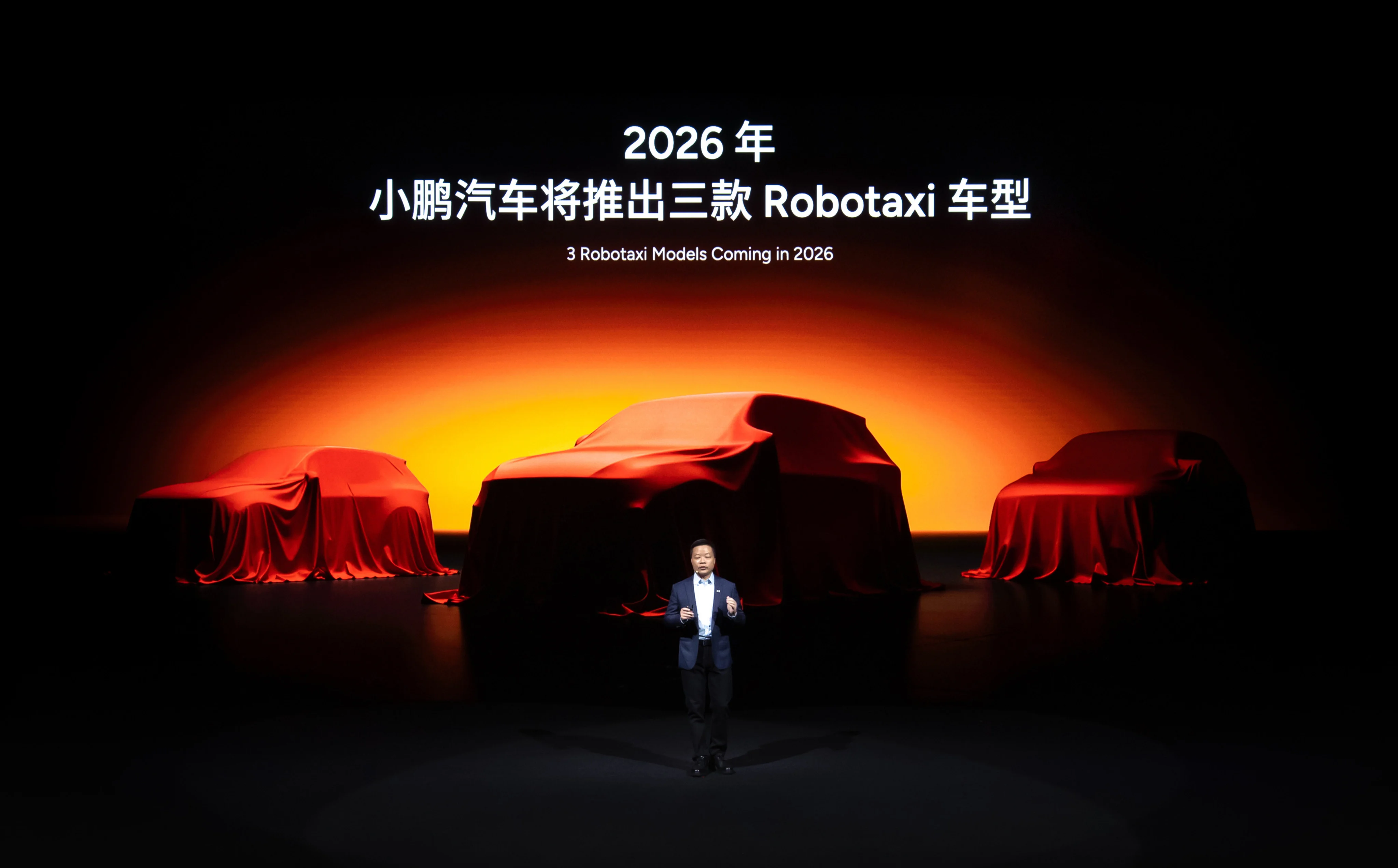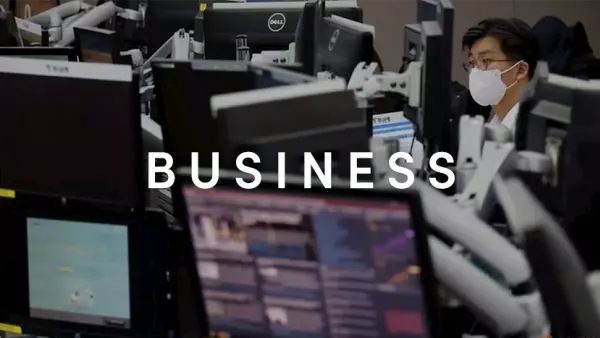Copyright scmp

Chinese electric vehicle maker Xpeng says it will roll out robotaxi services using Alibaba Group Holding’s mapping service Amap in 2026 as it applies artificial intelligence capabilities to marketable services and products. Three robotaxi models, along with a humanoid robot and two flying cars, would be the latest Xpeng products to woo consumers by applying its new vision language action (VLA) AI model, said He Xiaopeng, Xpeng chairman and CEO, on Wednesday. Xpeng’s driverless vehicles would be able to navigate difficult scenarios, such as narrow roads, thanks to the improved AI, he said at the company’s headquarters in Guangzhou in southern China’s Guangdong province. He cited a study that compared VLA to Tesla’s FSD (Full Self Driving) system and found that the latter resulted in seven disengagements of autonomous driving in 54 minutes on a test route, while an Xpeng vehicle powered by its new model only needed one intervention by a human operator and ran the same route in 49 minutes. Both companies, along with rival firms, believe robotaxis will become a trillion-dollar business. Xpeng’s partnership with Amap would allow mainland users to hail self-driving taxis via Alibaba’s mapping app, Amap CEO Guo Ning said. Alibaba owns the Post. He said on Wednesday that the company chose Amap because it was his former employer. He joined Alibaba in 2014 after he sold his venture UCWeb to the internet giant, and departed three years later. Yu Yongfu, the CEO of UCWeb, headed Amap for 10 years until 2024. Xpeng’s robotaxis would cost less than 200,000 yuan (US$28,000) and would have among the world’s highest levels of in-car computing power thanks to four self-developed Turing AI chips, Xpeng said. To ensure safety, the cars would feature redundant hardware for computing, vision, braking, steering, battery and communication. The three models, with five, six and seven seats, respectively, would be priced to meet varying needs, He said. The announcement represented significant progress after He unveiled plans in 2024 to roll out self-driving taxis within two years. Xpeng’s second-generation VLA model primarily relied on vision for training and making decisions, which reduced the need to first describe images using language, improving efficiency and avoiding information loss, He said. He added that “pioneer users” would be able to experience the new VLA by the end of the year via invitation, while owners of Xpeng’s Ultra edition vehicles would be able to upgrade their systems in the first quarter of 2026. The AI model would be deployed to Volkswagen’s new models next year, He added. Based on the model, Xpeng upgraded its Iron humanoid robot, originally launched last year, giving it advanced intelligent functions such as dialogue, walking and interaction, the company said. The model is powered by three Turing AI chips. The company aims to achieve mass production of 1,000 units in 2026. Xpeng also said it planned to start mass production of its flying car, the Aridge Land Aircraft Carrier, in 2026 with 10,000 units. The company also announced an upgraded version of its A868 flying car, promising a range of more than 500km, a speed exceeding 360km/h and a flight time of over two hours. No production timeline was disclosed.



